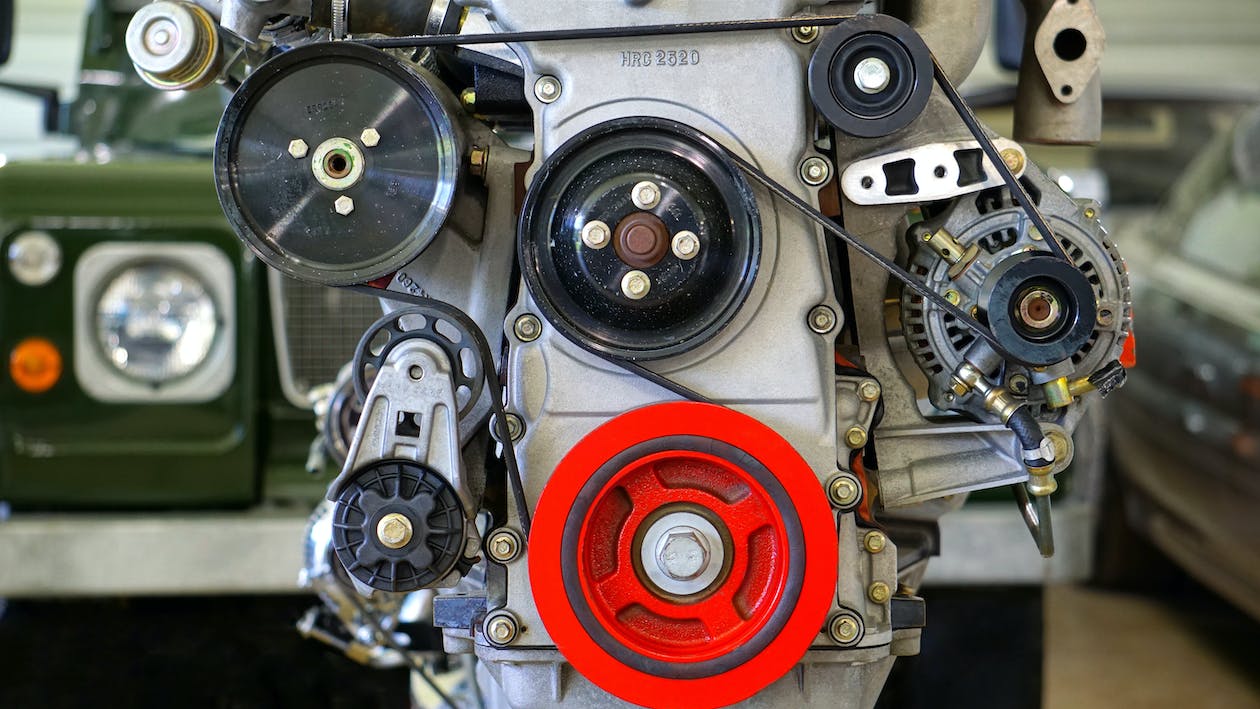Contents
– Purpose of the alternator regulator
– Alternator regulator: installation
– Construction of the alternator regulator
– Alternator regulator: operation
– Maintenance of the alternator regulator
The alternator regulator is a familiar term, yet its role is not well known, even for some mechanics (electricity is not a prominent science for everyone!).
Here is the point.
Purpose of the alternator regulator
The alternator recharges the battery: it must be able to maintain its operating voltage between 12.8 and 14.8 V to avoid that:
– it does not discharge,
– it is not subject to overvoltage.
Alternator regulator: location
It is located at the very heart of the power plant, the alternator, more precisely fixed to the back of it. The first alternators in production cars, which appeared in the 1960s, had a regulator independent of the alternator set in the engine compartment.
Construction of the alternator regulator
It is fixed to the alternator by two screws and consists of the following:
– An electronic module that manages the regulation.
– Two graphite-based contact brushes inserted in brush holders and supported by the alternator rotor slip rings.
– An external connector for connection to the vehicle’s electrical system.
Alternator regulator: operation

First, we need to discuss how the alternator works to understand how the regulator works. It is divided into 3 functions: production, rectification, and regulation.
Production function
This is produced by the stator, consisting of three groups of windings: alternating voltage.
Rectification function
The diode bridge is used: its role is to redirect the alternating current into direct current via positive and negative diodes.
Regulation function
This is the role entrusted to the regulator and the rotor: the voltage will be regulated by these two elements.
The voltage delivered by the stator will depend on the current flowing in the rotor: the latter is supplied by the regulator and its brushes.
As the regulator has the battery voltage information, it is the regulator that will allow or not allow the rotor to be powered, thus controlling the voltage production to regulate it within the prescribed values.
Maintenance of the alternator regulator
Alternator regulator malfunctions
A malfunction of the alternator is indicated by the battery indicator lighting up.
Good to know: the battery light is misnamed because it is more of a charge indicator and in no way indicates a battery deficiency.
The only way to check the regulator is indirectly: you have to check all the other elements of the alternator, and if they are not working, you can deduce that it is not working.
Please note: often, the malfunction is due to wear of the brushes, i.e., the slip rings, and requires a complete overhaul of the alternator.
Cost of the repair
The cost depends on the repair carried out:
– Reconditioning of the alternator (replacement of the regulator): unfortunately, few professionals offer this service. It is better to contact a car electrical workshop (it still exists) which will carry out a reconditioning (regulator + brushes – replacement of slip rings and bearings) for an average price of $80 (repair kit + labor). Note that a “reconditioned product” is a term reserved for used products that have undergone tests on all their functionalities or have undergone one or more technical interventions to restore these functionalities.
– Replacement of the alternator: necessary only if other elements of the alternator are to be replaced (diode bridge, stator, or rotor). In this case, for a medium-range vehicle, the cost will be approximately $100 to $150 without counting the labor.
– A second-hand alternator is of little interest: it may be in worse condition than yours and will require a repair kit. In this case, you might opt for a standard exchange alternator!
In conclusion, replacing your regulator with a professional or by yourself if you are an enlightened amateur will remain the best solution.
True maintenance professionals still have a bright future in the recycling and waste reduction era!


1 comment
[…] What’s the Purpose of the Alternator Regulator […]